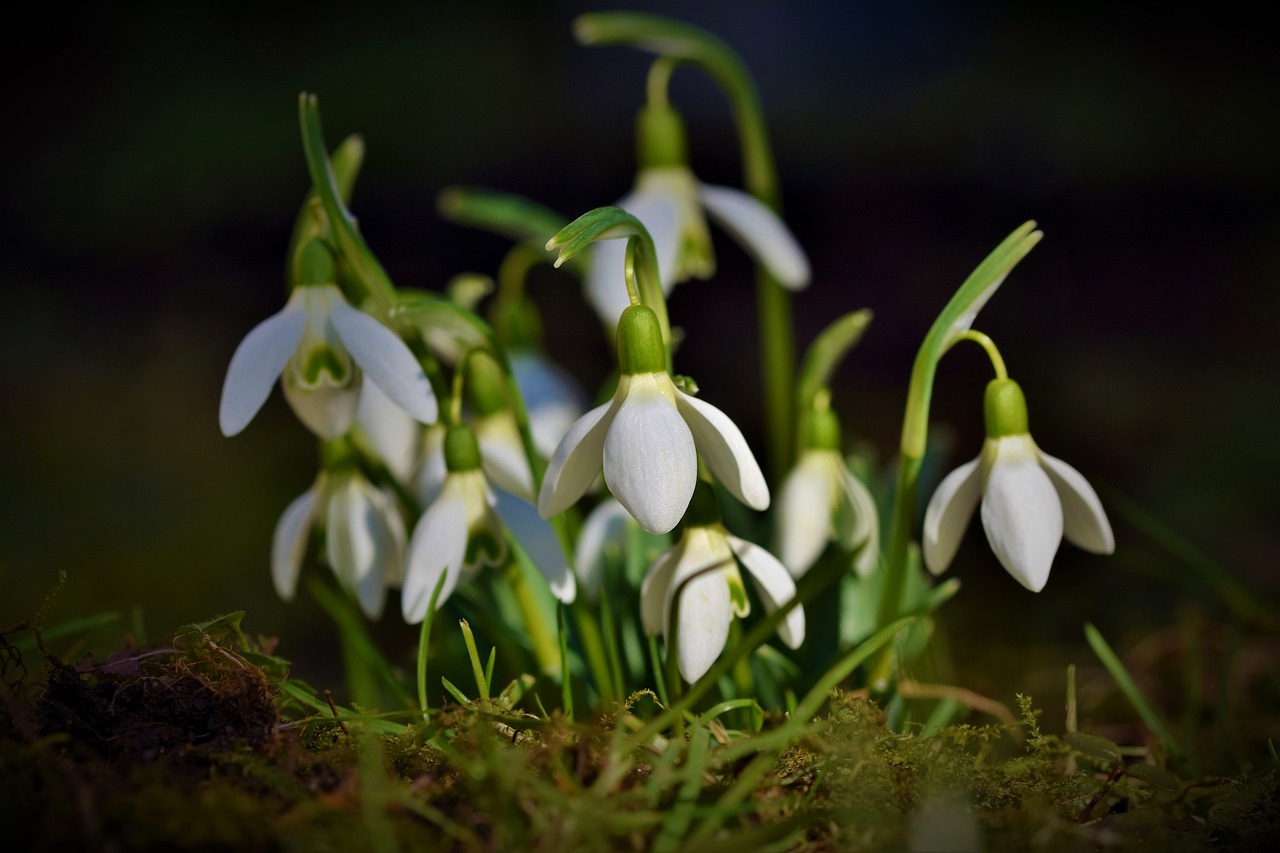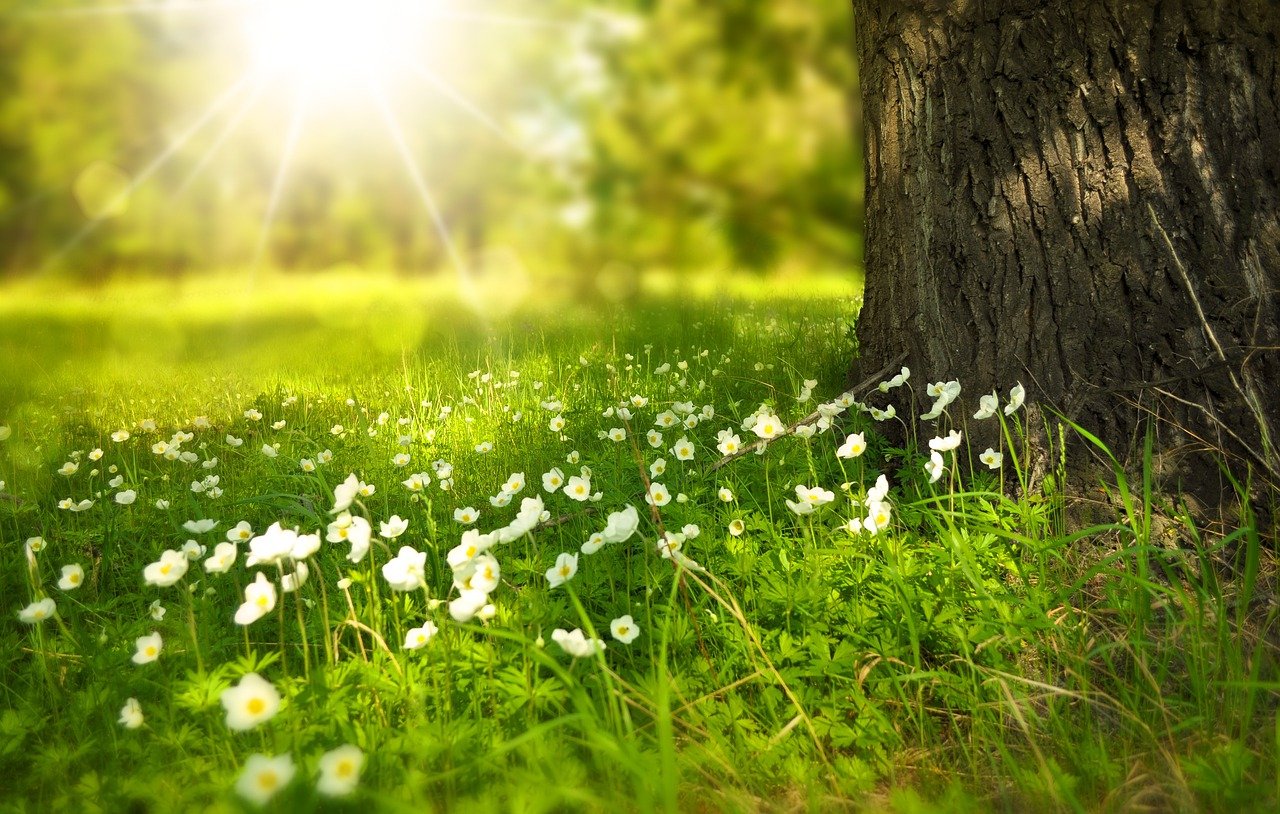Healthcare is expensive, and anything you can do to treat issues holistically is going to benefit you in the long run. There are quite a few herbs that you can grow yourself that will help treat different health conditions without you having to make a trip to the clinic. They can be grown in pots along with a balcony or scattered through a garden for a long-term herb garden. Let’s take a look at five favorite herbs that are simple to grow whether you’re a novice gardener or an expert and that help treat a variety of issues.
Basil

Basil is a happy, hardy herb that many people know because of Italian cuisine, but did you know that basil is also a medicinal herb? It has several different benefits whether taken internally or used as a cream or other skincare product.
Basil is anti-inflammatory. It contains cinnamic acid which enhances circulation. Many naturopathic doctors prescribe basil for circulation disorders and allergies because basil helps reduce swelling in the soft tissues and increase blood flow. It can also be used to treat earaches due to ear infections. If you’re wondering how to get rid of an earache using basil, the answer is simple. Crush up a few leaves into a carrier oil and rub around the outside area of the infected ear. Make sure that mixture doesn’t get into the ear canal.
Boiling basil leaves in freshwater provides a gargle that can alleviate sore throat symptoms and coughs. It’s also an expectorant and can help clear the lungs of foreign materials and mucus. Chewing the leaves is even thought to help relieve symptoms of the flu and the common cold.
How to grow basil
Basil is easy to grow in a pot. It needs at least six hours of direct sunlight per day and heavy, even watering to make sure the leaves don’t dry out. Harvest basil leaves by cutting the stem directly above a set of two leaves.
Lavender

Lavender is a favorite herb for its aromatherapy and soothing properties. It is used to calm and soothe frayed nerves, and to aid in peaceful sleep. The smell alone is enough to calm many people who suffer from anxiety. Drying leaves and putting them into a cloth bag under the pillow or above the bed helps release the oils into the air.
It is antiseptic and anti-inflammatory, making it useful to treat skin irritations and bug bites. Making creams and poultices with fresh leaves can help soothe all kinds of irritations to the skin and help prevent infections. Consuming lavender tea has some digestive benefits. Unlike the essential oil, the lavender leaf isn’t toxic when taken internally. Steeping the leaves in water can be a wonderful natural humidifier and air freshener as well as a tea.
How to grow lavender
Lavender is a Mediterranean plant that requires fast-draining soil and four to six hours of direct sunlight per day. Allow the soil to dry to the top third before watering. Harvest the leaves by cutting the stalk directly above a pair of leaves.
Chamomile

Chamomile is best known for being a soothing tea and sleep aid alternative. It’s an easy-to-grow wildflower that can be harvested and dried to add to teas to calm nerves and aid in digestion. A study done on rats found that Chamomile tea may contribute to lower blood sugar levels, a welcome benefit for pre-diabetics and those who struggle with their sugar levels. While it won’t replace medication, it may help as part of a holistic treatment for those who struggle with this issue.
It can also help reduce the severity of menstrual cramps if regularly consumed for at least a month. In addition, women reported lesser amounts of anxiety associated with PMS and other discomforts. At the very least, it helps reduce nerves and aid in quality sleep when consumed regularly and is an excellent alternative to caffeinated teas.
It can also be useful for mild skin conditions as an anti-inflammatory herb. Adding it to creams and other skincare products may help those with mild eczema or dry skin. It may also be beneficial to healing mild, surface skin wounds as part of holistic treatment.
How to Grow Chamomile
Chamomile is simple to grow from seed. Sow the seed in spring in a bright sunny spot and water evenly. When the flowers begin to bloom, cut the stalks at ground level and dry flowers and leaves together. Allow some flowers to remain so that the flower can reseed itself for next year. Store in a cool, dry place until ready to use as tea or other holistic use.
Sage

Sage is another popular culinary herb, but it has a long list of impressive health benefits. It contains rosmarinic acid, a compound with many benefits, and the plant is closely related to Rosemary, another medicinal and culinary herb.
One of the significant benefits of Sage is its anti-inflammatory properties. Even just chewing on the leaves can help relieve respiratory and gastrointestinal issues. Another way to consume it is to steep the leaves in hot water for tea or to create a poultice for use outside for joint pain and inflammation.
It can also boost cognition when used as aromatherapy. Drying and then slightly crushing the leaves releases the oils into the air and aids in memory and cognitive functions. There are also antimicrobial properties to Sage, and some studies suggest that it can relieve cold symptoms. It can be used to cleanse wounds and prevent infection when used as a tincture or topical cream.
How to grow sage
Sage is easy to grow and is perennial in warmer areas. It needs at least six hours of direct sunlight per day and even, moderate watering.
Mint

Mint is often used in desserts, but its digestive benefits go back thousands of years. When brewed as tea, it can help relieve stomach cramps, nausea, and other gastrointestinal issues. It can also be a headache soother when made into a tincture or even cream to be applied to pressure points on the head. It alleviates the inflammation associated with headaches and migraines and can help slow the onset of a migraine.
The strong oil in the leaves can also help relieve various respiratory issues. Inhaling the oil reduces the swelling of inflamed soft tissues in the respiratory system. There’s some evidence that it also helps slow the onset of asthma attacks. It’s also useful for reducing skin inflammation when used as a cleanser or cream. It helps to reduce itchiness associated with skin dryness or bug bites.
How to grow mint
Mint is a hardy plant that disappears during the cold winter months and pops back up again in spring. Plant it in a pot if you don’t want it to take over your entire yard. It can handle four to six hours of direct sunlight per day and needs well-drained soil.
Conclusion
Your health is such an important issue, and there are many herbs that you can grow yourself to take your health into your own hands. Starting with these five herbs will give you a good base for health fixes, some great benefits if used indoors, and none of them require that you be an expert gardener.






